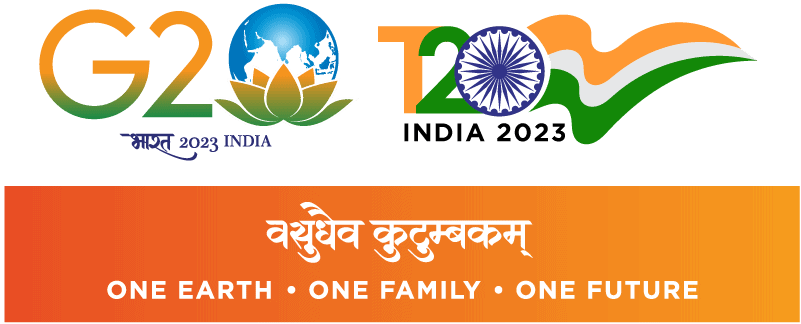Global value chains (GVCs) refer to cross-border production networks where diff erent stages of production occur across various countries.1 Amid rapid globalisation, GVCs have now emerged as the dominant component of international trade in services and commodities, accounting for around 70 percent of overall international trade.2 GVCs are now the focal point of international trade and production, off ering developing countries a bankable opportunity to enhance economic output by participating in the global economy.3 Apartfromtheobviousbenefi tofaccess to a larger global market, participating in GVCs also enables developing countries to increase productivity, diversify exports,4 generate high-value employment,5 and enhance their trade balance. These direct benefi ts lead to severalindirectbenefi tstotheeconomy- most notably, increase in wage levels6 leads to an rise in purchasing power of households, which in turn increases the demand for goods and services across various sectors, resulting in a strong challenges remain in ensuring equitable participation in these systems. GVCs are intrinsically focused on specialisations. Given that diff erent stages of production are modularised and spread across various countries, each country will need to achieve high levels of productivity to remain competitive in its module. If a country failstoremaincompetitive,itcaneasilybe replaced by other countries attempting to expand their footprint. For example, in the case of the shoe manufacturing industry, major manufacturers in the sector have gradually shifted their production capacity away from China to Vietnam.7 A key component was the lower labour costs in the Southeast Asian economies (the hourly labour cost in China is US$6.5 as compared to US$2.99 in Vietnam).8 Given the strong need to remain competitive,largefi rmsthatcanensure higher levels of labour productivity and are equipped with sound technological capabilities have a competitive advantage in GVC participation.9 Micro, small, and medium enterprises are
Register for Updates
Would you like to receive updates on the Global Solutions Initiative, upcoming events, G7 and G20-related developments and the future of multilateralism? Then subscribe here!
1 You hereby agree that the personal data provided may be used for the purpose of updates on the Global Solutions Initiative by the Global Solutions Initiative Foundation gemeinnützige GmbH. Your consent is revocable at any time (by e-mail to contact@global-solutions-initiative.org or to the contact data given in the imprint). The update is sent in accordance with the privacy policy and to advertise the Global Solutions Initiative’s own products and services.









